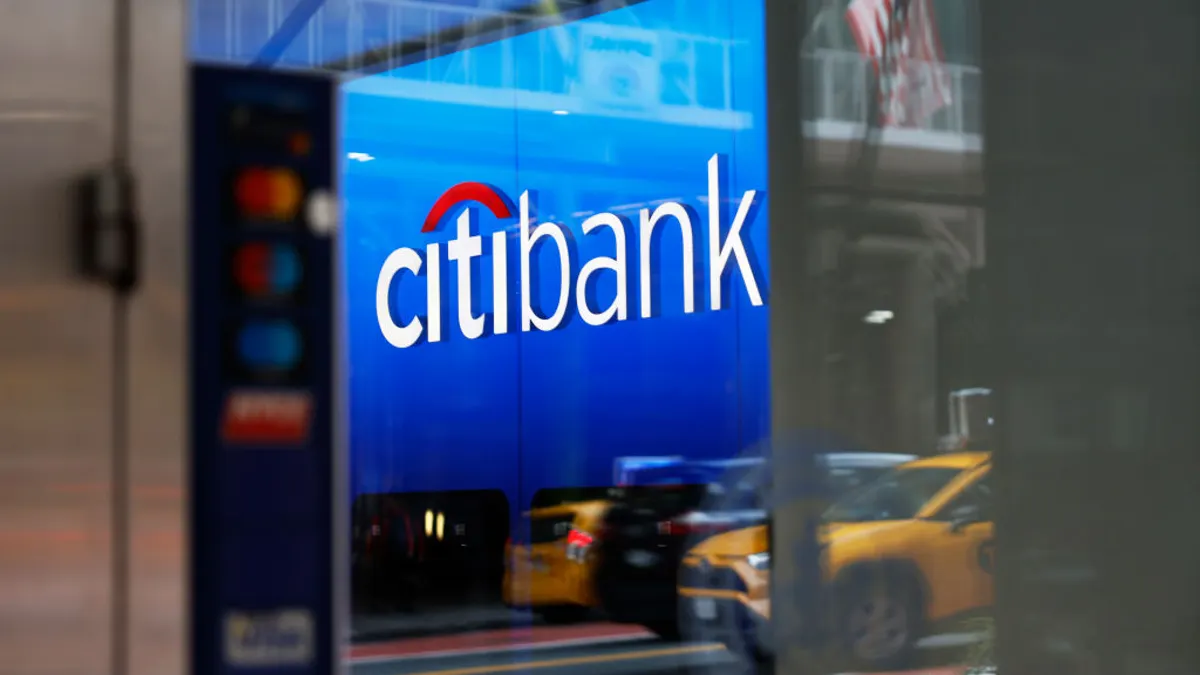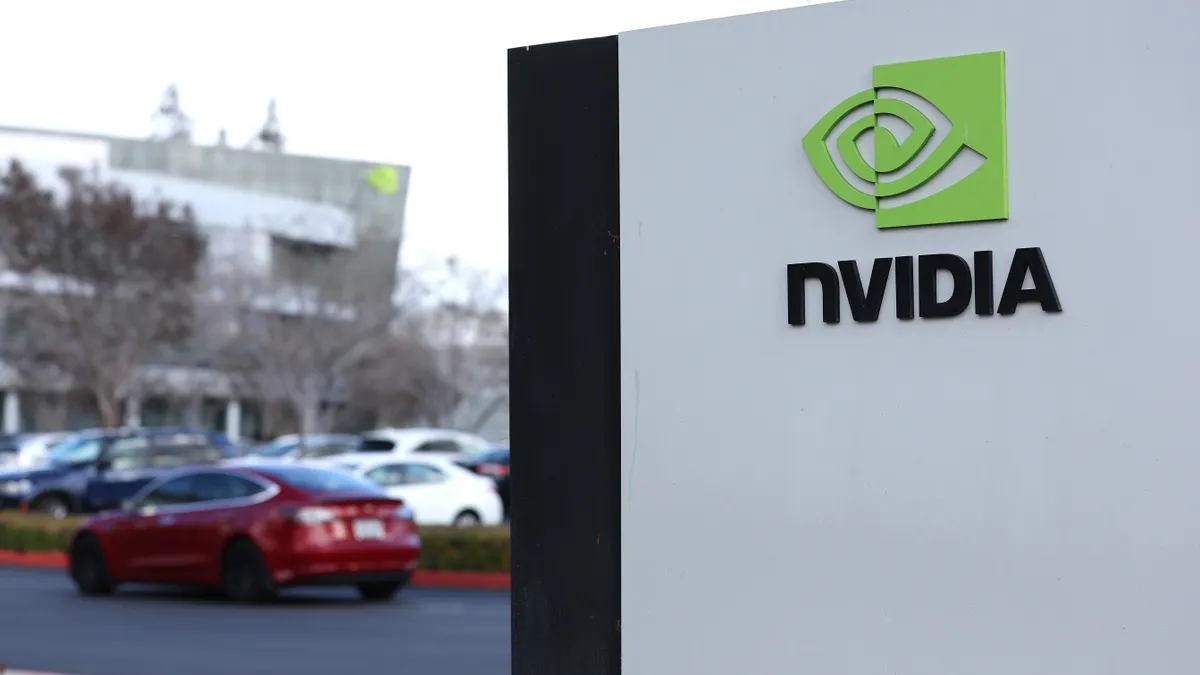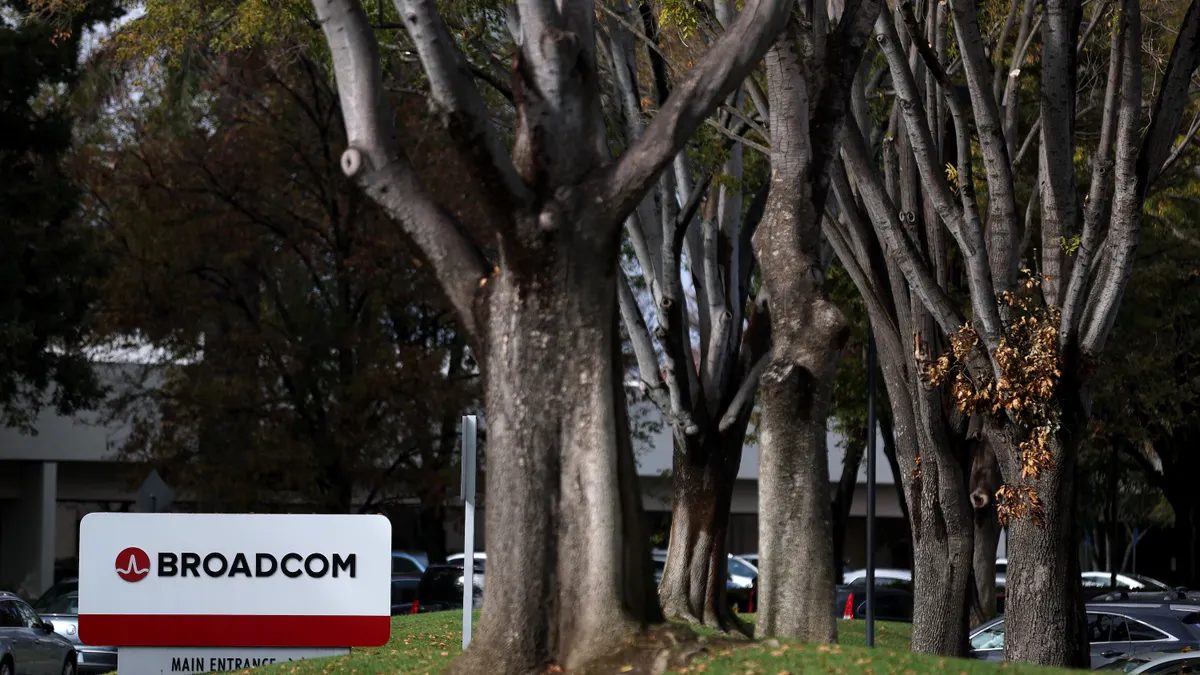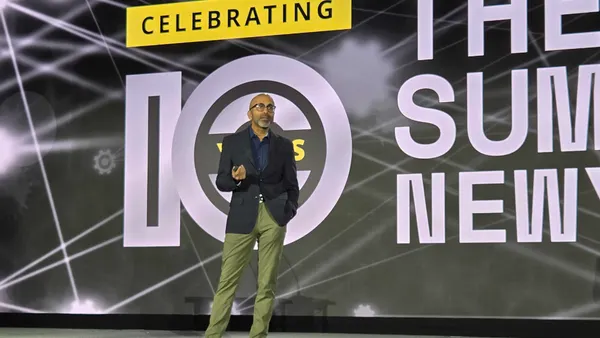When Broadcom purchased VMware, IT shops took notice.
The $61 billion deal, finalized in November 2023, signaled a seismic shift in the virtualization software vendor’s expansive and nearly ubiquitous enterprise portfolio, which Broadcom rapidly packaged into just a few subscription service bundles.
As customers grappled with the prospect of steep cost increases for operationally critical technologies, a small group of Michelin engineers sensed a transformation opportunity.
“It was a good time to start checking for an open-source project to replace this vendor solution,” Arnaud Pons, platform architect at Michelin, told CIO Dive.
Digital transformation is rarely a linear process. Modernization journeys often take unexpected turns as enterprises navigate cloud costs, vendor relationships and organization changes.
The VMware acquisition was a fork in the road for Michelin’s platform engineering team, which had been running hundreds of applications in the vendor's Tanzu Kubernetes Grid system for several years. Michelin could either channel its energies into adapting to revamped container services or pivot its own, internally driven strategy.
It wasn’t a difficult decision from an engineering perspective, according to Gabriel Quennesson, Michelin’s container as a service tech lead.
“At the end of the day, we realized that everything that we needed to do was readily available, and possible with open source tools,” Quennesson said in a Thursday case study published by the Cloud Native Computing Foundation.
Michelin joined the CNCF in April, a few months after completing the migration to an in-house platform dubbed Michelin Kubernetes services, or MKS, by the engineering team. The entire process took roughly six months, Quennesson told CIO Dive.
“By having the knowledge of working on the technology for a couple of years, we were able to move rather quickly out of Tanzu — maybe quicker than moving to another vendor solution — because we could identify a migration path that neither VMware nor other vendors could provide us,” said Quennesson.
A team of 11 engineers, including Quennesson and Pons, now manages nearly 450 containerized software applications deployed across 42 locations supporting critical functions, such as ordering and logistics.
“While some of the manpower goes to simply ‘keeping the lights on,’ by ensuring the best platform availability and supportability, the move to open source allows us to start looking at the future and to what features had most value for our end users,” Quennesson said in a March blog post detailing Michelin’s Kubernetes journey.
Pros and cons
From a developer perspective, the case for open source is a relatively easy one: Talented engineers want to build technologies that solve difficult problems. Quennesson and Pons had to make a business argument in favor of migration, too.
After Michelin crunched the numbers, the company determined it could cut its yearly container costs by 44% by building an open-source platform. The open-source shift also lifted the spirits of its engineering team.
“I measure morale first,” Pons said. “It's really better to build a solution to a problem instead of just creating tickets and waiting months for someone at the vendor to call you with a solution that is not a very good one, anyway.”
The business equation was fairly straightforward, as well, according to Quennesson.
“We were more interested in the quality of the solution than the cost, but it’s basic math,” he said. “You are saving the subscription cost, which created a significant cost reduction, and your infrastructure costs are about the same.”
Michelin’s Kubernetes journey began in 2018, when the company first implemented containers using Kubespray to avoid vendor lock-in, Quennesson said in the March blog. The team ran its containers on Azure public cloud but opted against Microsoft’s Kubernetes platform and didn’t turn to a third-party service until it chose Tanzu in 2021.
While Tanzu enabled Michelin to build out and scale its containers both in the cloud and on-premises, the transition wasn’t seamless or without frustrations.
“The Kubernetes ecosystem is large and feature rich,” Quennesson said. “You have to pick and choose what you want and need, so one of the reasons to use a vendor is that this job is done for you.”
VMware’s decisions didn’t always align with Michelin’s needs, according to Quennesson. Relinquishing control to an outside vendor put engineers in an uncomfortably passive role, which created a less inviting atmosphere for developers at a time when tech talent is scarce.
“Skilled engineers were parked in a passive role of opening tickets and interacting with the support teams when they could and most of the time had found out what the issue was and how to fix it,” Quennesson said in the blog post.
Without a vendor to fall back on, the engineering team now has full responsibility for keeping the system up and running. But the tradeoff has been worth it, according to Quennesson.
“It’s created a virtuous circle,” he said. “If you adhere to open source principles and do cool stuff, you attract talent and you make it much easier to retain talent.”























